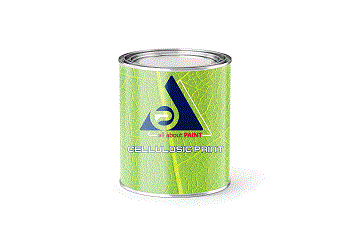Waterproofing wood
Waterproofing wood
You can do this by following the waterproofing methods for wood.
Protect the surface of your wood products from destructive agents.
If wood is not treated, it is very prone to moisture and water damage.
Therefore, it is important to protect the wood in a way that is not only waterproof.
But also increase its lifespan significantly.
In this article, you will learn how to waterproof outdoor wood.
How to waterproof

The first method: waterproofing the wood using oil
For the care of furniture with oil, linseed oil, walnut and tung oil have stabilized themselves.
Tung oil, on the other hand, is somewhat more expensive and is therefore mainly used for small areas.
Flaxseed oil can be purchased at hardware stores.
On the other hand, with raw flaxseed oil from the grocery store, the kitchen worktop can be easily covered and waterproofed.
Keeping furniture oiled is especially recommended for smaller projects.
Step 1: Mix the oil with turpentine and apple cider vinegar
It is true that the oil protects in advance and makes it waterproof when used alone.
However, if turpentine oil and apple cider vinegar are also added, the wood is optimally waterproof.
The mixing ratio is very simple: oil (flaxseed oil, walnut or tung oil) and turpentine oil in the same amount and then half the amount of apple cider vinegar.
Step 2: Prepare the exterior wood
If any wood irregularities are still visible, they should be cleaned with sandpaper to smooth the wood surface.
After lubrication, the rough wood surfaces become clearly visible and unsightly, so this step is important.
When the roughest work is done, the whole surface should be worked with very fine sandpaper (220 grains) so that the oil is well absorbed by the surface.
After wiping the whole area with a dry cloth, oil can be applied.
Step 3: Apply several coats of oil to make the exterior wood waterproof
The oil can now be applied using a lint-free cloth or a hair brush.
Dip a soft brush into the oil (whether it is a mixture or a simple oil) and apply it evenly around the wood, leaving no surface or edge intact.
When using a mixture with turpentine oil, it is important to wear thick rubber gloves.
The oil should not be spilled directly on the wood surface, but on the fabric.
Then spread evenly in the direction of the seeds from inside to outside on the wood.
Let the wood re-absorb the oil and then wipe off the remaining oil with a clean, dry cloth.
Wait for the wood to dry out. Oils dry faster than individual oils.
If you use only one oil, the drying time may take several hours or even half a day.
Once the wood is allowed to dry, you can reapply the oil to the surface of the dry wood.
If you have more to make sure it is well paid and waterproof.
Step 4: Sand the wood
After 24 hours of hardening of the surface, it can be sanded with very fine steel wool.
Then repeat this procedure from the beginning, because a total of two or three layers of oil are needed to waterproof the wood.

.png)
.png)
.png)
.png)




